#Peace Through Valour Monument by Ken Lum
Text
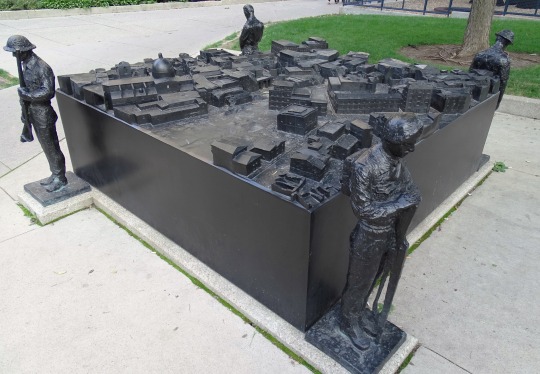
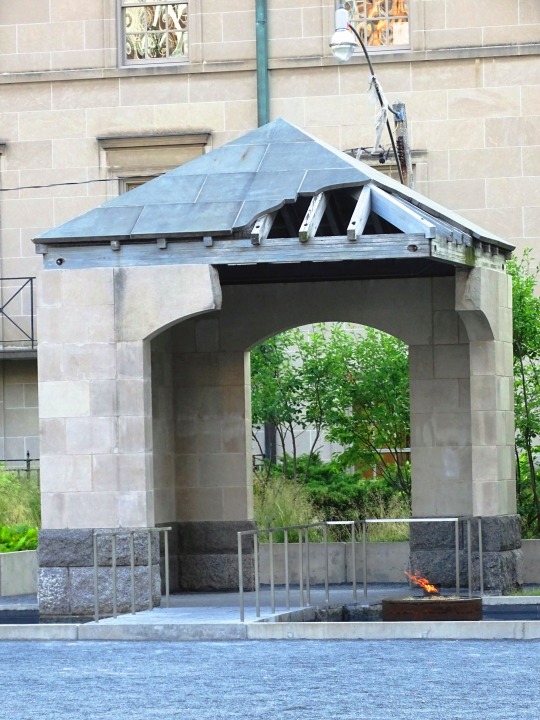
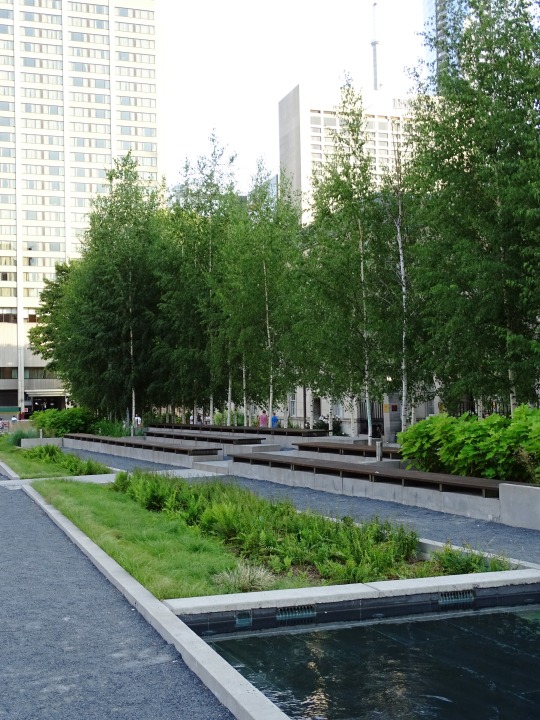


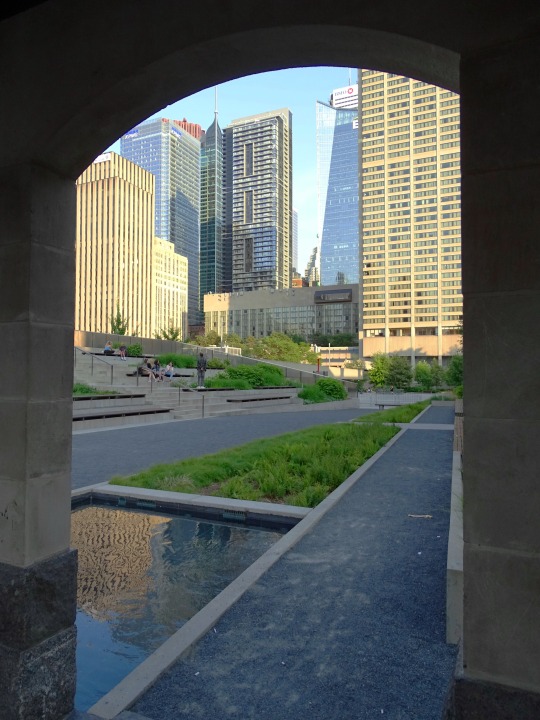

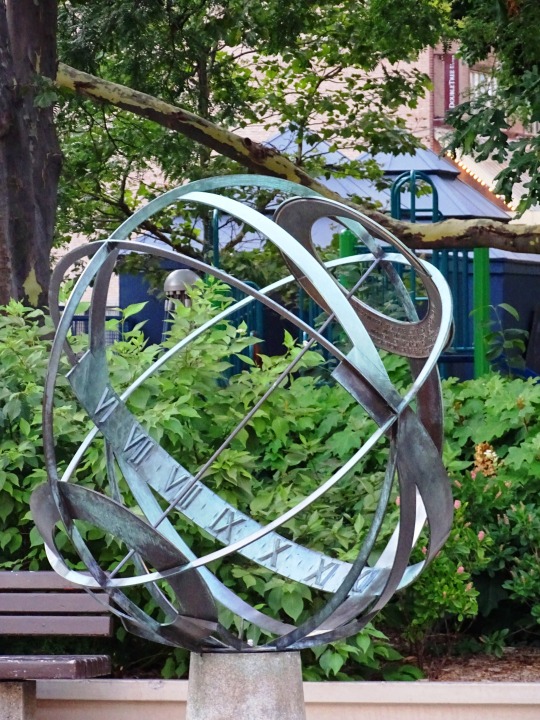


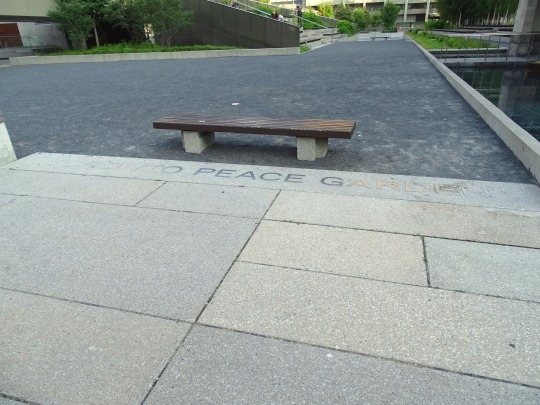


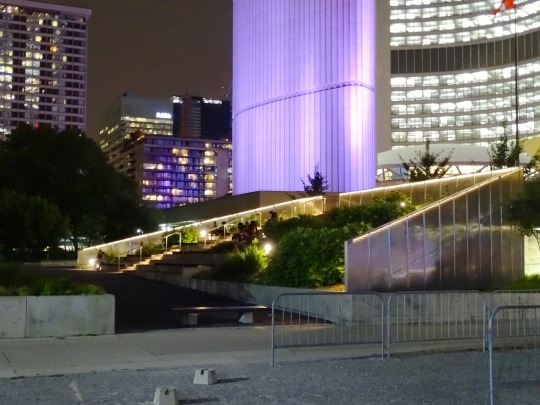
World War II: After eight days of brutal house-to-house fighting, the Battle of Ortona concluded with the victory of the 1st Canadian Infantry Division over the German 1st Parachute Division and the capture of the Italian town of Ortona on December 28, 1943.
#Peace Through Valour Monument by Ken Lum#World War II#World War Two#WWII#Battle of Ortona#victory#1st Canadian Infantry Division#80th anniversary#28 December 1943#Canadian history#Toronto#sculpture#Ontario#Canada#public art#Nathan Phillips Square#Peace Garden#eternal flame#Peace Garden Sundial by G.R. Johnson#architecture#cityscape#landmark#tourist attraction#original photography#summer 2018#travel#vacation#City Hall
0 notes
Photo

I captured this up-close shot when walking at Nathan Phillips Square this after noon. Those corridors and spiders web are part of a large, #bronze #monument, called #Peace Through #Valour, which commemorates the more than 93,000 #Canadian soldiers who took part in the #Italian campaign of the #Second #World #War. Several #veterans of that campaign were at the dedication ceremony and helped unveil the sculpture. The work was created by internationally known Canadian #artist #Ken #Lum. #toronto #mytoronto #ontario #samthe6ix #canada (at Nathan Phillips Square)
#world#canadian#second#artist#lum#ken#monument#bronze#war#toronto#mytoronto#ontario#canada#veterans#samthe6ix#italian#peace#valour
0 notes
Photo










World War II: After eight days of brutal house-to-house fighting, the Battle of Ortona concluded with the victory of the 1st Canadian Infantry Division over the German 1st Parachute Division and the capture of the Italian town of Ortona on December 28, 1943.
#Peace Through Valour Monument by Ken Lum#World War II#World War Two#WWII#Battle of Ortona#victory#1st Canadian Infantry Division#anniversary#28 December 1943#Canadian history#Toronto#sculpture#Ontario#Canada#public art#Nathan Phillips Square#Peace Garden#eternal flame#Peace Garden Sundial by G.R. Johnson#architecture#cityscape#landmark#tourist attraction#original photography#summer 2018#travel#vacation
1 note
·
View note
Photo





World War II: After eight days of brutal house-to-house fighting, the Battle of Ortona concluded with the victory of the 1st Canadian Infantry Division over the German 1st Parachute Division and the capture of the Italian town of Ortona on December 28, 1943.
#World War II#Battle of Ortona#ended#28 December 1943#Toronto#Ontario#Canada#summer 2018#public art#Peace Through Valour Monument by Ken Lum#WWII#World War Two#anniversary#Canadian history#original photography#cityscape#vacation#travel#tourist attraction#1st Canadian Infantry Division#military history
3 notes
·
View notes
Photo





World War II: After eight days of brutal house-to-house fighting, the Battle of Ortona concluded with the victory of the 1st Canadian Infantry Division over the German 1st Parachute Division and the capture of the Italian town of Ortona on December 28, 1943.
#Peace Through Valour Monument by Ken Lum#Italian Campaign#World War II#Battle of Ortona#concluded#1st Canadian Infantry Division#WWII#travel#World War Two#Peace Garden#Toronto#Ontario#Canada#vacation#anniversary#Canadian history#summer 2018#original photography#public art#sculpture
1 note
·
View note
Photo










Nathan Phillips Square, Toronto (No. 2)
The Peace Garden was created as a memorial to the atomic bombing of Hiroshima, as well as the "commitment of Torontonians to the principle of world peace."[3] The sundial at the south end of the garden pre-dates the peace memorial; inscribed with the words "In appreciation of the opportunity to serve," it was originally installed in 1969, designed by G.R. Johnson (in consultation with H.H. Rogers and John C. Parkin), and presented by Nathan Phillips to the residents of Toronto. Fifteen years later, during the city's sesquicentennial, then Prime Minister of Canada Pierre Trudeau turned the first sod for the Peace Garden, which was to sit immediately north of, but also incorporate, the pre-existing sundial. The 600 m2 (6,500 sq ft) garden consists of a pavilion, a fountain, and surrounding plantings. The gazebo is a stone-clad cube with arched openings on all sides, capped with a pitched roof, and with one corner of the structure deconstructed, to signify conflict and the fragility of civilization. The fountain's pool encroaches into this removed corner, with an eternal flame placed in the water so as to appear as though it supports the pavilion structure, to symbolise hope and regeneration. Pope John Paul II lit this flame with an ember from the Peace Flame in Hiroshima, and poured into the pool water from the rivers that flow through Nagasaki. The entire monument was formally dedicated by Elizabeth II, Queen of Canada, in October 1984.[8] As part of the redesign of the square, the Peace Garden was moved from the centre of the square to its western edge.
Source: Wikipedia
#Nathan Phillips Square#Peace Garden#Toronto#Ontario#Canada#tracks#summer 2018#original photography#cityscape#architecture#arch#nature#No.2 Archer by Henry Moore#Three Way Piece#public art#sculpture#Peace Through Valour Monument by Ken Lum#night shot#3D Toronto sign#illuminated#evening light#Toronto City Hall#reflection#color#colourful
11 notes
·
View notes